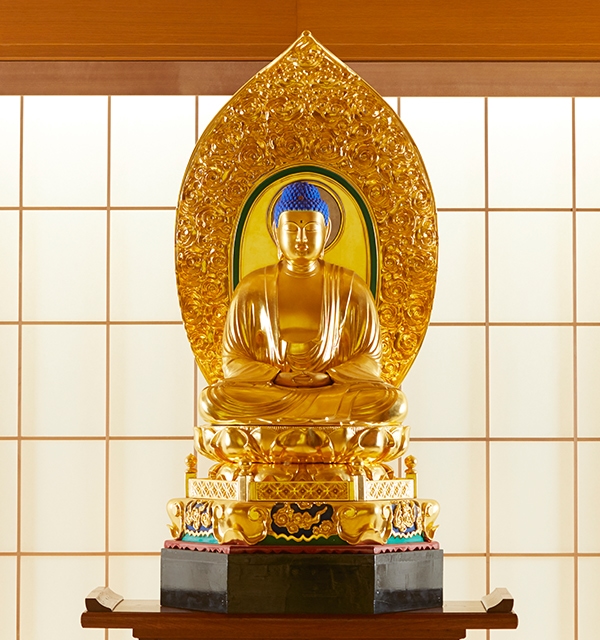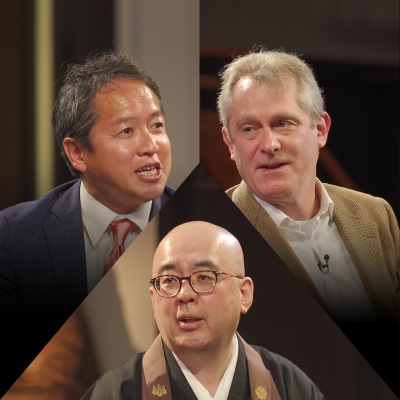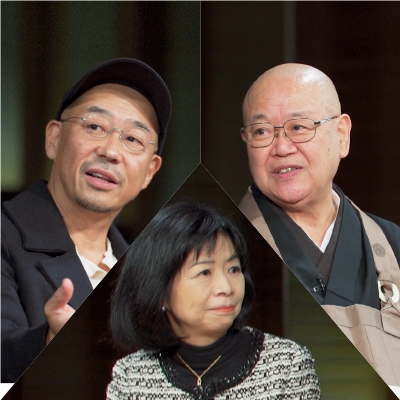
The History of Zen: Discovering the Roots of Sōtō Zen (2)
From Prof. KAGAMISHIMA Genryū’s Zengaku gairon kōgi nōto
(Introduction to Zen Studies Lecture Notes)
Seated meditation as practiced in other Indian religions and in Buddhist practice is similar in style, but very different in content.
First of all the aim of the practice is different. In other Indian religions seated meditation is practiced in order to be born into a heavenly realm. Seeking a birth in a heavenly realm is the common orientation of Indian religions in general.
Since the time of Śākyamuni Buddha to the resent day, Indian society has had a marked gap between the wealthy and the poor. The majority of the people are forced to live in extreme poverty, and giving up any hope of improving their condition in the present life they hoped to be born into a better situation in the next life. For that reason, it was thought that by practicing seated meditation they could achieve a future birth in a heavenly realm, and gain material happiness, as well as attaining superpowers.
However, the seated meditation practice that was introduced by Śākyamuni Buddha to Buddhism was not intended for the purpose of a birth in a heavenly realm. In Buddhism, the heavenly realms are also realms of delusion and are avoided.
After meditation intended for birth in a heavenly realm was enhanced to become a meditation for the purpose of achieving Nirvāṇa, 涅槃*1 it then became a Buddhist cultivation practice. This is how Buddhist seated meditation differs from the seated meditation of other Indian religions.
The second difference between the seated meditation of other Indian religions and Buddhist seated meditation lies in the nature of the practice. The seated meditation of other Indian religions is an ascetic practice, while that of Buddhism is not. Non-Buddhist Indian religions understood the body and spirit as separate things. They thought that the more suffering the body experienced the purer the spirit would become, and they understood their seated meditation in this way. Accordingly, non-Buddhist meditation practitioners were ascetics, and believed that their practice was an ascetic practice for purifying the spirit through mortifying the flesh, as was common in Indian religions in general.
*1 Nirvāṇa is a word meaning “to blow out and extinguish.” By blowing out and extinguishing the flames of the afflictions, a state without suffering can be reached.

SPECIAL
ZEN,KOMAZAWA,MANAGEMENT
For our 5th discussion in this series we welcomed guest participant Mr. David Atkinson, CEO of Konishi Decorative Arts and Crafts, for a three-way dis・・・
2020.08.07

SPECIAL
ZEN,KOMAZAWA,MOVIE
For our fourth interview we welcomed film director Tatsushi Ōmori as our guest, and together with Komazawa University Chancellor Seishi Nagai and Prof・・・
2020.03.05

